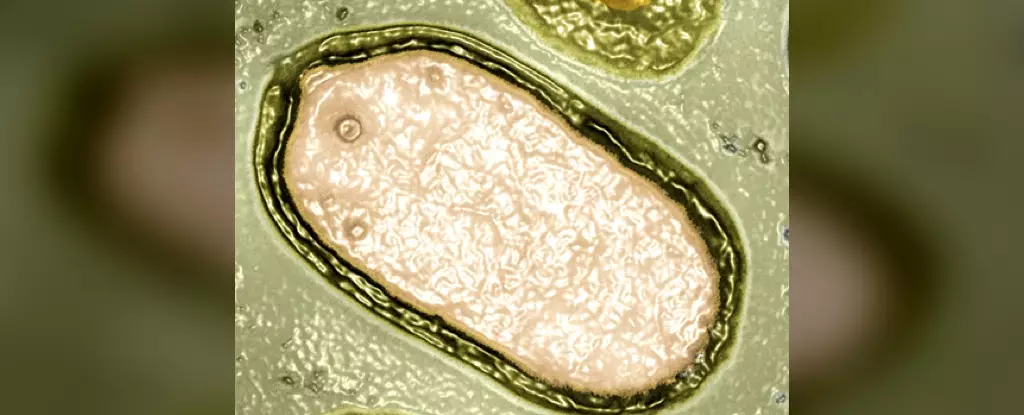In a groundbreaking study, researchers from the University of Miami have unearthed a staggering collection of giant viruses—230 previously unknown strains lurking in our oceans. This discovery exposes an unsettling reality about the complex and precarious ecosystems residing beneath the waves. The work conducted by marine biologist Benjamin Minch and virologist Mohammad Moniruzzaman shines a critical light on the alarming relationship between these viruses and essential marine organisms, particularly the protists, which encompass vital players like algae and amoeba.
Broadening our understanding of these giant viruses is paramount, as they pose unforeseen risks not just to marine life but ultimately to human health. It is an irony that while our oceans provide us with life-giving resources, they also contain pathogens capable of upsetting entire ecosystems and indirectly affecting our own wellbeing. The research underscores the duality of our oceanic ally, showcasing how the very mechanism that supports marine biodiversity also harbors invisible threats.
Technological Triumphs
Thanks to sophisticated technological advancements in genome databases and analytical tools, the identification of these formidable viruses is now achievable at an unprecedented scale. The bespoke computer software developed by the researchers serves as a beacon of innovation, bolstering efforts to decode the previously enigmatic genetic landscape of ocean microbes. This leap forward indicates not just progress in marine biology, but also hints at a larger shift in science—one where hurdles can be overcome with technology to yield vital discoveries.
However, there lies a significant concern: as we dive deeper into the microbial world, the burgeoning knowledge about these potent viruses should compel us to reflect on our stewardship of marine environments. Are we prepared for the implications of unleashing more data about pathogens that could alter ecological balances? While the excitement surrounding these findings is palpable, it begs a more profound ethical inquiry regarding our utilization and management of ocean resources.
The Deadly Dance of Viruses and Phytoplankton
One of the more alarming aspects of this study implicates giant viruses in the demise of phytoplankton—the aquatic microheroes responsible for a substantial proportion of Earth’s oxygen. With phytoplankton being pivotal in the marine food web, the burgeoning knowledge that giant viruses can terrorize these organisms is not just an academic concern; it resonates on a practical level. Consider the implications of increased viral presence: we are not merely risking a glitch in marine biodiversity; we are jeopardizing the overall health of our planet.
The study revealed that giant viruses possess the ability to commandeer the photosynthetic machinery of their hosts—an act of molecular sabotage that hints at a complex battle for survival in the ocean. As these viruses delve into host metabolism, our comprehension of marine biogeochemistry faces radical transformation. The ramifications could extend beyond the ocean, disrupting carbon cycles and potentially exacerbating climate change.
Uncharted Waters of Research
With the identification of these new viruses and functional proteins, the scientific community stands on the precipice of an expansive frontier. The fact that only a fragment of oceanic viruses has been cataloged is both thrilling and disconcerting. Each droplet of seawater holds unfathomable viral diversity and complexity, yet what remains hidden poses questions about the stability of marine ecosystems.
Exploring these unknowns demands urgent attention. As Minch elaborates, we need robust frameworks for identifying novel viruses that could help us monitor pollution and pathogens. Failure to intensify research in this area while we still have time could lead us to wake up in a world where colossal biological disturbances become the norm—a fate we should strive to avoid.
Giant viruses are not merely the dark underbelly of marine life; they symbolize the profound interconnectedness of life forms on Earth. As we edge closer to grasping the intricacies of this watery environment, we must recognize that responsibility comes hand in hand with knowledge. The excitement of discovery must not overshadow the caution warranted in our approach to marine ecosystems, especially in an age of climate uncertainty.

Leave a Reply